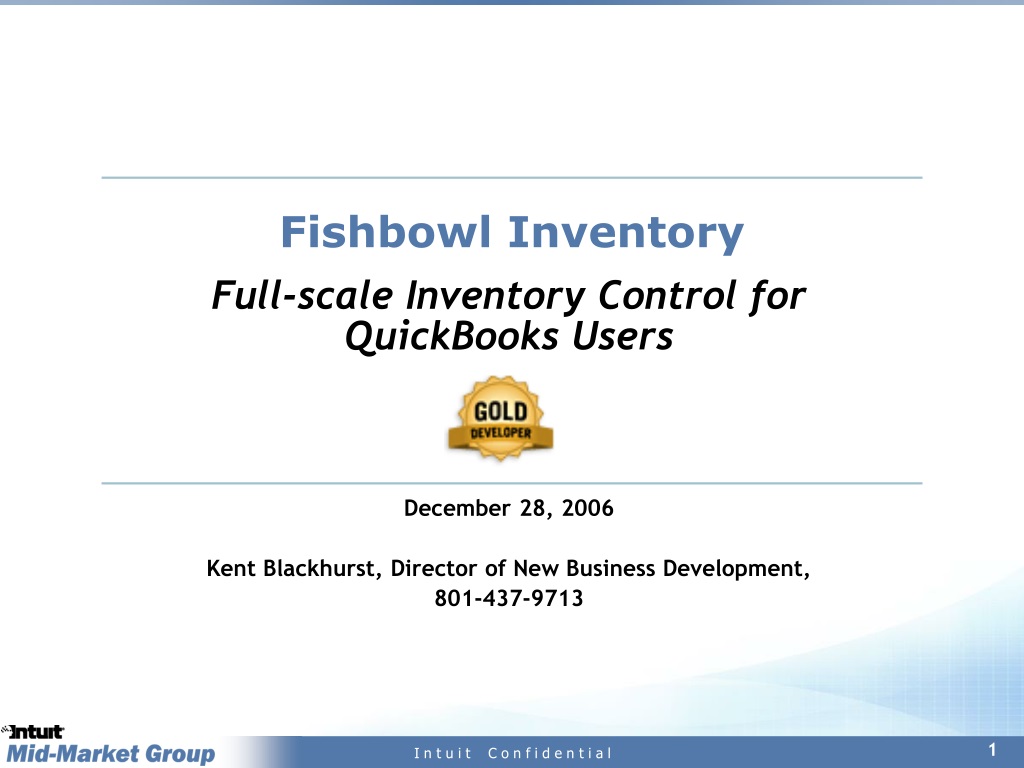

Your inventory management system will help you understand the natural ebbs and flows of the market for your particular products so you can adapt inventory to meet them. You want to get the balance right so you have enough product to meet customer demand without leaving you with tons of stock on hand. Overstocking & UnderstockingĪnother common inventory management challenge is keeping the right stock level and not overstocking or understocking. Without it, the situation could have been even worse. Think for a moment about what happened with toilet paper and hand sanitizer during the early stages of the COVID-19 pandemic in 2020 and you'll understand the importance of safety stock. Safety stock is stock that can help you continue to deliver customer orders efficiently even if there's a spike in demand. It's important to know about and understand these challenges so you can watch out for them and limit the possibility of these challenges interfering with your business. This builds trust with your customers and can help you turn a one-off customer into a repeat customer.Ĭommon Challenges of Inventory ManagementĪs with most things, inventory management does have its share of challenges. When you have the right amount of inventory on hand, you can fulfill orders faster.

One of the often overlooked benefits of inventory management is that it can help you become a more reliable brand. When you have an inventory management system in place, you'll have a much better idea of how much product you should purchase to meet need so you can make sales and fulfill orders efficiently, bringing in the cash flow you need to keep your business running.

Both how much you can sell and how much you've purchased have a direct impact on your cash flow. Chances are, your inventory has already been paid for once it hits your warehouse, so you're out money unless you can sell it. Inventory management also helps eCommerce businesses improve cash flow. This means that you'll be able to save time on inventory management tasks. Most inventory management systems these days are software-based. This improves your business's revenue and profit margins. You'll also be able to negotiate better deals with wholesalers and suppliers because you know how much you need. When you can forecast the right amount of inventory, you'll be able to avoid stockouts and dead stock. This means that you won't be scrambling to source enough product to meet demand nor will you have dead stock taking up space and increasing your storage costs. In an ideal situation, you would only ever have enough inventory to cover what you expect to sell over a specific period of time. Warehousing costs tend to fluctuate depending on how much you have to store. Here are some of the key ways inventory management can help your business. When inventory isn't tracked and handled properly, your eCommerce business could lose money or sales that can't be filled or lose money because you carry too much of a product that isn't moving. Inventory management is important if you want to make sure that you have enough products available to meet the demand of your customers.

Inventory Control: strategy of warehousing and fulfilling products after they've already been sourced.Inventory Audit: manually checking your stock to ensure it matches up with what your tracking system says.FIFO (First In, First Out) Accounting: inventory, materials, or components acquired first are sold first.Dead Stock: inventory that didn't sell during the forecasted period.
#Cannot save as account fishbowl inventory software#


 0 kommentar(er)
0 kommentar(er)
